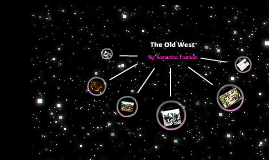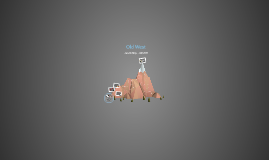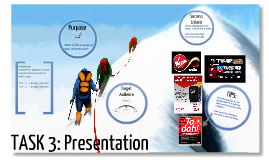Old West
Transcript: The demands of western farming fueled the swift growth of the farm equipment industry, which, in turn, brought more land under cultivation. Between 1870 and 1900, more land came under cultivation than in the previous 250 years, and the era of the American frontier came to a close. Cowboys Today As the West became more and more settled, cowboys began to lose their relevance. However, they never completely went away. The rodeo is considered by many to be the last home for true cowboys. The cowboy aura and image have grown into an American legend over time, thanks to things like the Wild West shows in the late 19th and early 20th centuries, and the immensely popular Western film genre The mining industry of the American West not only created fortunes and disappointment for the individual miners, but also played an important part in American labor history, mining technology, and the growth of geological knowledge A People's Party grew out of agrarian unrest in response to low agricultural prices in the South and the trans-Mississippi West It has become much more capital intensive requiring larger and larger operations to justify the equipment. Modern practices, particularly fertilization, have increased the overall production of crops and also increased the quality. Things like "organic" labeling have detracted from this. Over time the indian began to be americanized into American culture and became citizens in 1924 Many tribes’ adult men were warriors and raiders without mercy. What’s more, they were proud of it. They would cringe to hear the cuddly, kinder labels that many of the modern Indian Lovers give them. By 1850, the total population of the U.S. had grown to more than 23 million people, and farmers made up about 64% of the labor force. The farming culture of the original colonies had pushed its way westward to the Great Plains, while Spanish colonists had introduced agriculture into the Southwest as early as the sixteenth century. The party flourished most among farmers in the Southwest and Great Plains, as well as making significant gains in the South, where they faced an uphill battle given the firmly entrenched monopoly of the Democratic Party. What a clover-field is to a steer, the sky to a lark, a mud hole to a hog, such are the new diggings to a miner. -- The Oregonian, 1862 The buffalo was an important animal to the native americans and when the transcontinental railroad was expanding it was depleting the forests and land leaving no land or homes for the buffalo. Mining in the west caused a lot of changes, mostly destructive, to the sources of fresh water, including rivers, streams, and aquifers. During the gold rush of 1849 in the foothills of the Sierra Nevada Mountains of eastern California, huge amounts of sediment were washed down the rivers from mining operations. These operations used high pressure water to blast the gold from the sandstone. The sediment was flowing downstream and causing serious problems for agriculture as well as life in the rivers and San Francisco Bay. Upstream of the mining operations, streams were diverted from their natural channels to provide the water for mining. This entailed habitat loss for the organisms that lived in the diverted channels. Today, the third largest gold mine in the world is operating in northern Nevada. It is drawing out groundwater from a open pit operation that is digging below the water table. When the mining operation is done, it is estimated that it will take over 200 years for the aquifer to be recharged by rain. Cowboy CodesThe cowboys of the West lived by a code that was meant to keep their honor. The codes dealt with respect for fellow cowboys (things such as always greeting your fellow cowboy on the trail), respect for women (the well-known "never swear in front of a woman" code) and respect for their horses. In U.S. history, a political party was formed primarily to express the agrarian protest of the late 19th century. In some states the party was known as the People's party. Geronimo (1829-1909) An Apache leader who fought fiercely against Mexico and the U.S. for expanding into his tribe’s lands. Geronimo began inciting countless raids against the two parties, after his wife and three children were slaughtered by Mexican troops in the mid-1850s. Origin Even though the typical cowboy look wasn't prevalent from the outset, cowboys are as old as America itself. Colonists who owned a large amount of cattle used techniques learned from the Spanish to move their herd across large amounts of land. However, the traditional cowboy didn't develop until American settlers began migrating westward, and mingled with Mexicans. Borrowing some parts of the Mexican ranchers' attire, American cowboys began fashioning their own image that is well-known almost 200 years later. Chief Joseph (1840-1904) While many Native American war leaders and chiefs were known for their combative resistance towards the U.S.'s westward expansion, Chief Joseph, Wallowa

















